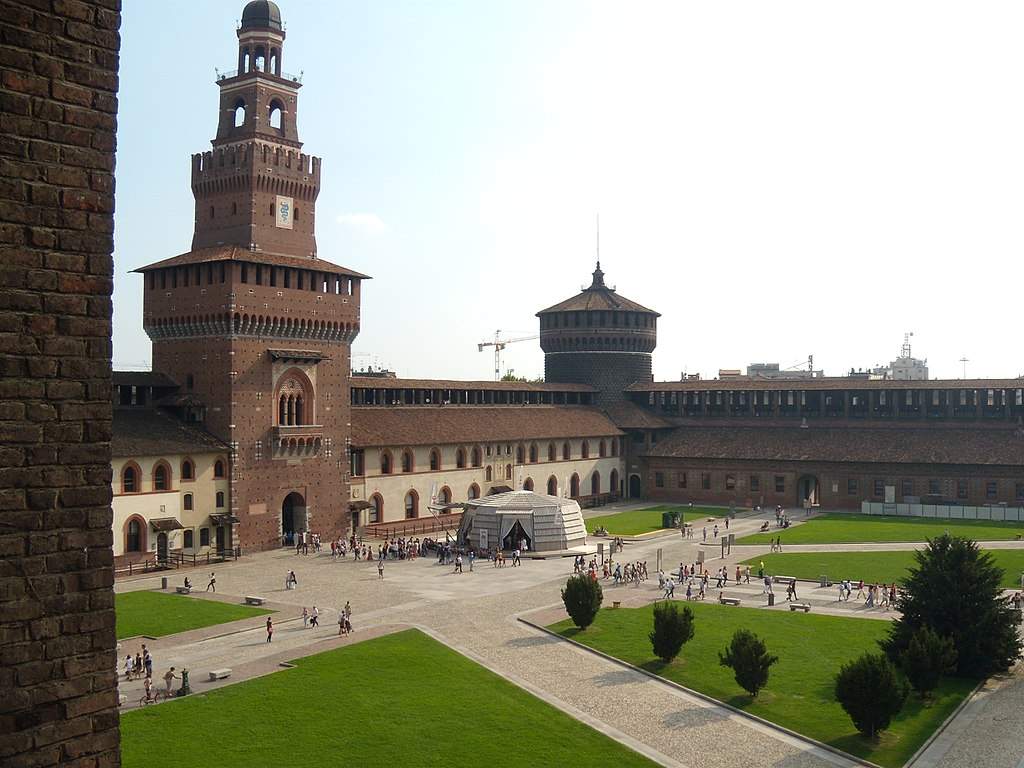How much is the prolonged coronavirus health emergency likely to weigh on culture and tourism? Several associations and study centers have tried to make estimates and calculations in recent days. We can start with Federculture ’s analysis (dated March 4, thus before the countrywide lockdown was decreed): an estimate that the body called “conservative” speaks of a 3 billion drop in consumption for cultural and recreational activities over the next six months (this would be a -20 percent drop in consumption in the sector). It should be reiterated that the estimate did not take into account the fact that a total blockade of the country would be sanctioned, so it is likely that the contraction in consumption in the next six months will be even more pronounced.
A more recent estimate (March 11) that thus takes into account the total business shutdown is that of the Doc Study Center, based on the Symbola Foundation reports that calculate the value of the entertainment sector. In this case, meanwhile, the Center has calculated that, following the issuance of the Prime Minister’s decrees, there is a percentage of stopped workers in the live event sector (fairs, theaters, concerts, conventions and the like) that ranges between 76 and 80 percent, but rises to 90 percent if sports activities are also added. The 10 percent corresponds to workers in the television sector, but this in turn is activating the first cancellations. Taking into account the ex-Enpals workers surveyed in Italy, we are talking about a figure of just under 300,000 stopped workers. As for the economic impact, taking into account the fact that the entertainment sector generates, according to the latest report by the Symbola Foundation, a total of 96 billion euros in a year (6.8 percent of the country’s economic activity), a freeze on activities until April 5 could result in losses of up to 8 billion euros. But the figures, of course, could rise should the blockade be prolonged.
For museums there are no aggregate studies, but to get an idea it is possible to look at data provided by the City of Milan, according to which the civic museums (Palazzo Reale, the Galleria d’Arte Moderna, the museums of Castello Sforzesco and others) lose 400,000 euros for each week of closure: these are losses that, moreover, fall 30% on the concessionaires who manage ticket offices, bookshops, and guided tours. And it is not certain that the losses will be covered when activities are reopened: a Chinese scenario is possible, with reduced museum capacity and restricted visits. Recovery therefore will not be immediate. As far as state museums are concerned, wanting to make a comparison with 2018 figures, the month of March guaranteed ticket receipts of 17 million gross (4.2 million per week), while April 23 million (5.7 million per week): from the date of the lockdown all receipts were lost, and considering that total state museum receipts in 2018 were 229 million euros, it is easy to predict that a one-month lockdown when the spring season begins could correspond to a -10% drop in receipts.
As far as tourism is concerned, the coronavirus makes the turnover of hotels, restaurants, tour guides go up in smoke. Federalberghi Milano last March 11 declared that losses reached more than 5 million euros per day for the Milan-Lodi-Monza Brianza area alone, due to the closure of 95 percent of hotels. Looking instead at the entire Italian hotel sector (including restaurants), it is possible to consider the estimate of Confcommercio, dated March 16: according to the association, losses for hotels and restaurants will be 12.8 percent compared to 2019, or 13 billion euros less than the previous year (the estimate was made considering an exacerbation of the health crisis for March and April, the first signs of recovery for May and a return to normal for the beginning of June). As for tour guides, their earnings were wiped out: the CGIL of Florence estimates that each guide lost between 1,000 and 3,000 euros for the month of the blockade, and obviously the losses are greater if the emergency is destined to be prolonged, since these are professionals who cannot work in the event of a blockade.
Finally, to be considered is the book sector, which has already experienced heavy drops in sales (partly because bookstores are closed and books can only be purchased on the Internet). Last March 10, theItalian Publishers Association reported sales drops of 25 percent with peaks of 50 percent in the three hardest hit regions (Lombardy, Emilia-Romagna and Veneto). On the other hand, the losses of the entire cultural production sector (i.e., publishing, recording, multimedia, cinema, audiovisual entertainment, audiovisual publishing on digital and online media, and services for the enhancement of cultural heritage) remain to be quantified: in Italy, the sector provides an added value of nearly 24 billion euros, corresponding to 1.5 percent of GDP.
In the photo: Milan, interior of the Castello Sforzesco. Ph. Credit Federica Gagliardi
 |
| How much does the coronavirus emergency cost culture and tourism? Here's how much is lost according to trade associations |
Warning: the translation into English of the original Italian article was created using automatic tools. We undertake to review all articles, but we do not guarantee the total absence of inaccuracies in the translation due to the program. You can find the original by clicking on the ITA button. If you find any mistake,please contact us.